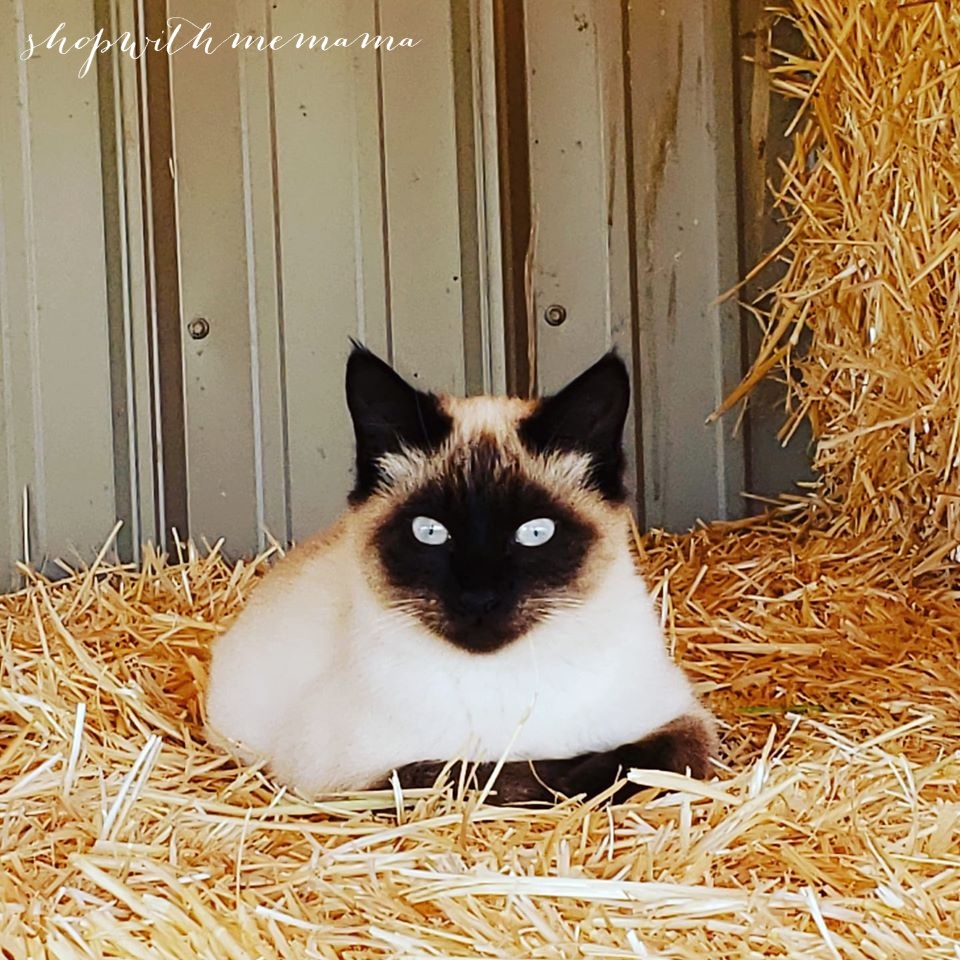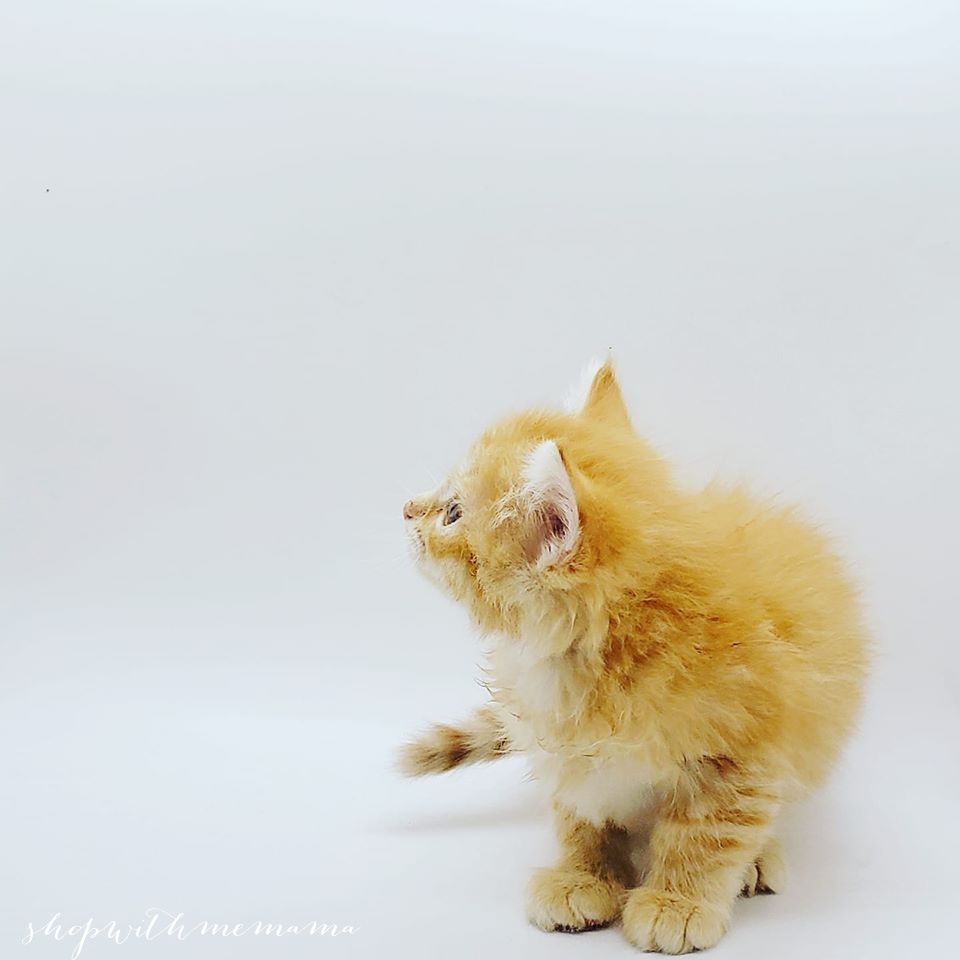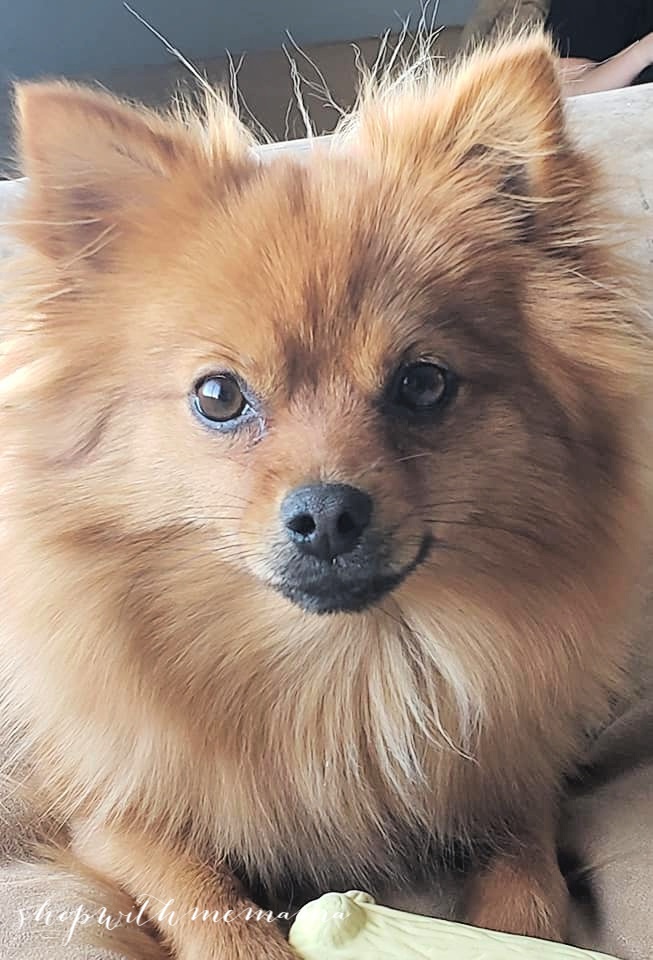This post is all about The Dos And Don’ts Of Food For Cats And Dogs. Your furry companions at home need different types of diets for different sizes, how old your pet is, and breeds of dogs and cats. It’s crucial to give your cats and dogs the right food to help them maintain their overall well-being.
One wrong feeding session, and you might find your pet experiencing symptoms that could worsen into more serious conditions.
This is especially true if you’re looking after puppies or senior dogs. Different pets have different requirements when it comes to their food and vitamins. As a pet owner, it’s your responsibility to cater to their needs every single time.
Read on to know about the Pet Food 101: The Do’s And Don’ts Of Food For Cats And Dogs

The Do’s And Don’ts Of Food For Cats And Dogs
Ask Your Veterinarian
Perhaps, you’re a first-time fur parent. Otherwise, you might be thinking about changing the diet of your cat or dog. Either way, you need to consult your veterinarian if you’re unsure about the changes in your pet’s diet.
Try to ask them specific questions, such as, “Can dog’s eat cranberries?” or, “Is it okay to feed cats raisins?” Don’t hesitate to ask the animal expert about the things cats and dogs can and cannot eat.
The internet is also a goldmine of information when it comes to pet food, but keep in mind that your own pet will likely have different and unique needs. What works for other pet owners will not immediately work for you.
However, there are unexpected nutritional allowances and prohibitions which are in common for all dogs. Some products contain microelements that can be harmful to your pet, but you will be surprised to find out that berries can be a healthy addition to your pet’s diet.
Remember, many animals cannot discern if the food they’re about to consume is healthy for their system or not. Your four-legged family members will only know if they don’t like the food once they get to taste it or are experiencing discomfort from munching on it.
Don’t make the mistake of feeding your cat or dog random food options made for humans. Sure, doing so might be convenient and allow you to bond with your furry friend, but certain human food can be poisonous when fed to cats and dogs.
“Fido” or “Fifi” might think the food tastes good because it smells good. But, their small bodies might think otherwise. Don’t put your pet’s health at risk, and ask a veterinarian before changing your cat’s or dog’s diet or introducing new stuff to their meals.

Don’t Feed Your Cat Or Dog Random Human Food
As mentioned previously, don’t feed your animal companion at home with any food that you can find on the fridge or table. Again, ask your veterinarian or research the types of food that you shouldn’t feed your cat or dog before changing their diets. Also, make sure your dog doesn’t go through the trash can!
Some human foods are safe for your cats and dogs, but if you’re a first-time pet owner, determining which ones are safe or not can be challenging. Chocolate bars might be a great dessert for you, but giving even one slice of this to your dog or cat can lead to their death.
Here’s a small list of food that you shouldn’t feed your dog
● Candy and chewing gum
● Cooked bones
● Garlic
● Human vitamins
● Chocolate
● Coffee and other caffeinated food and beverages

List Of Foods Cats Cannot Eat
Consequently, here’s another list, but, this time, it’s a list of things not to feed cats:
● Alcohol
● Chocolate
● Tea
● Cheese, milk, and other dairy products
● Raw food (e.g., raw eggs and fish)
● Onions and garlic
● Grapes and raisins
Feed your dogs with food items that can make them healthier, instead of the other way around. Do the same if you’re a proud owner of a cat. However, there might be instances wherein you accidentally spill food on the floor, and your pet decides to eat it without you knowing.
Consult or visit your veterinarian as soon as you see any signs of pain or other discomforts experienced by your furry companion. Don’t wait for another symptom to show up because when it does, your pets might have already been poisoned and treatments are no longer available.

Remember, the physiologies of cats and dogs are different from that of humans. You might like eating chocolate, but that doesn’t mean your furbaby can enjoy it, too. Chocolate and other human food might be poisonous to pets.
Sweets, mainly chocolates, contain ingredients like caffeine and theobromine. These components can increase the heart rate of your dog, which can result in diarrhea, restlessness, tremors, and even death.
The Amount Of Food To Feed Your Pet
Do Know How Much Food Your Pet Needs: The Do’s And Don’ts Of Food For Cats And Dogs
Many pet owners like feeding their animal companions with as much food as they can. Filling your pet’s bowl is a trait of a good pet owner. But, you should still consider the fact that your cat or dog can become overweight or obese if they overeat on a regular basis.
The amount of food your four-legged friend needs should depend on specific factors:
● Size
● Breed
● Age
● Physical activities
The critical takeaway here is that you should never over- or underfeed your pet. However, there are ways to know how to adjust your animal companion’s diet to ensure that they’re eating the right amount.
When shopping for dog food, for example, make sure to carefully read the labels. Pet foods come in different varieties, making it very easy for you to find one that suits your pet’s size, breed, age, and physical activities.
If you’re taking care of different breeds of dogs, don’t feed all of them with the same food as this can adversely affect their health and safety.
A quick guide to help you identify the amount of food you need to feed your pets
● If you feel or see ribs with no fat cover, your pet is 20% below its ideal body weight.
● If the bones look prominent between the skin and bone, but you can feel or see a bit of
fat, then your pet is 10% below its body weight.
● If you find it challenging to feel the ribs of your cat or dog, and there’s a slight sag to their
abdominal fat, your pet is about 10% overweight.
● If the ribs of your cat or dog are difficult to feel or see under a dense layer of fat, your
pet is about 20% overweight.
You’ll know if your pet is at its ideal weight if you can still feel its ribs along with a bit of fat. You can limit the amount of food you give to your animal companion if you think they are overweight. Otherwise, put more food in their bowl if you feel your furry family member is
underweight.

They Need A Balanced Diet
Many pet owners think that feeding cats and dogs doesn’t require a lot of thinking. But, failure to feed your pet a balanced diet might result in health emergencies.
For example, you might think that feeding your cat or dog a vegetarian or vegan diet will help them absorb more nutrients. But, many fruits and vegetables lack one essential nutrient for cats and dogs, and that is protein.
This kind of diet might be beneficial for human beings but, as mentioned, humans and pets have different bodies and needs—your pet needs certain vitamins and minerals in order to stay happy and healthy.
These animals are primarily carnivores, which means meat should be in their diets. Depriving meat from your pet’s diet can result in life-threatening consequences.
However, when feeding them meat, make sure not to go overboard. Your pet’s diet should be balanced, which means that it should have different types of foods that contain different vitamins and minerals.
Also, avoid feeding your four-legged friend raw food. But, you can still feed your cat or dog raw food, but it shouldn’t be as straightforward as opening a pack of meat and dumping it in your pet’s bowl. Instead, you need to balance the raw food with other micronutrients to ensure your pet’s optimum well-being.
Always follow your veterinarian’s advice when you plan on changing your pet’s diet. Your cat or dog should always follow a balanced eating plan with the right amount of food.
Also, don’t forget about giving your furry friends regular exercise to make sure that they are holistically well. The Do’s And Don’ts Of Food For Cats And Dogs are pretty simple to follow if you put effort into it.
PIN 